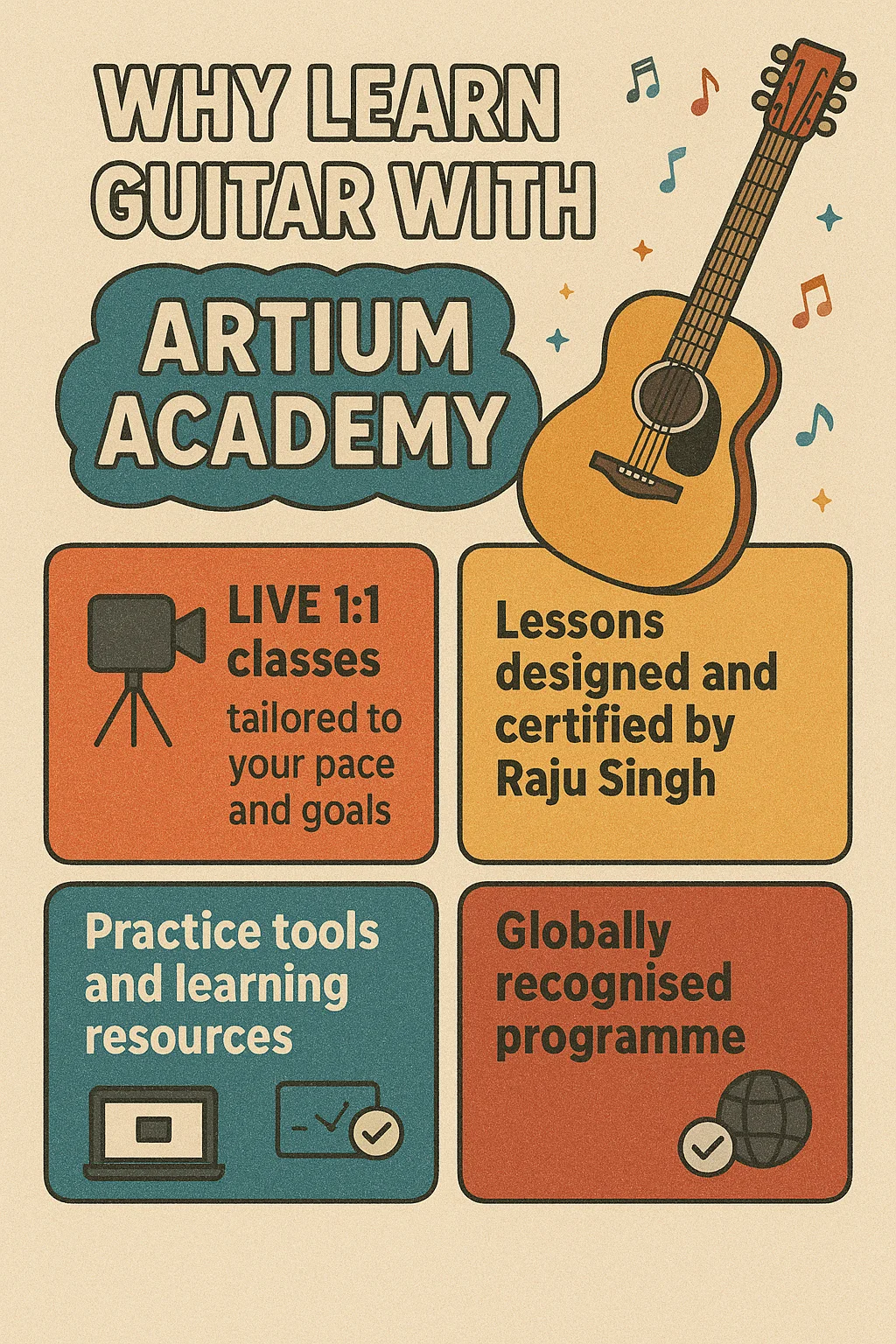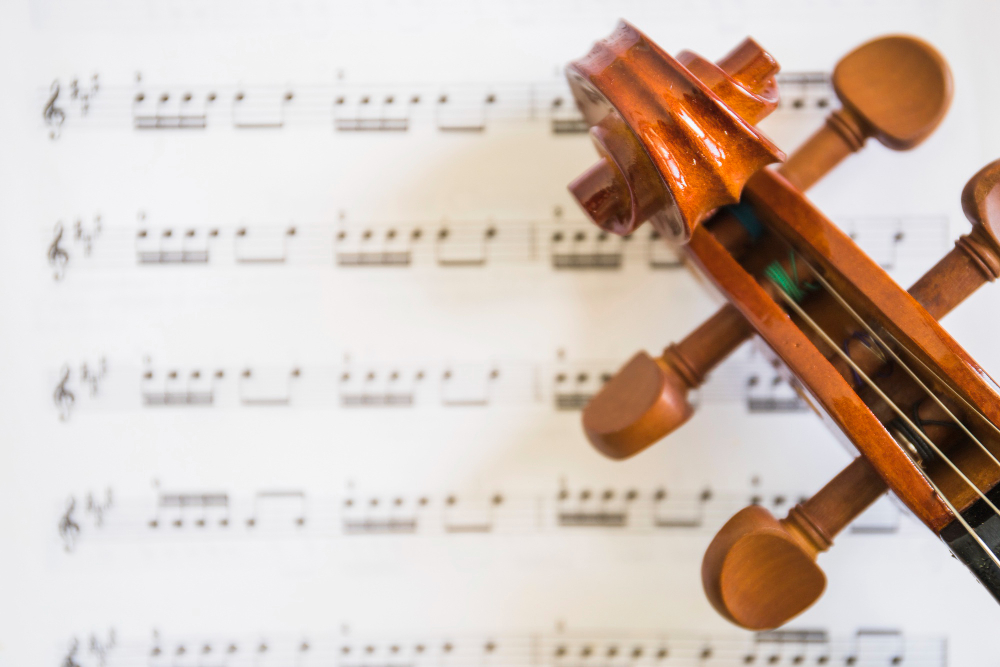All Topics
- Alchemizing Music Concepts for Students
- Artist Spotlight
- artium gift card
- Artium Maestros
- Artium News
- buying guide
- Carnatic Music
- Devotional Music
- Editorials by Ananth Vaidyanathan
- Film Music
- Guitar
- Hindustani Classical Music
- Indian Classical Music
- Indian Folk Music
- Insights
- Instruments
- Karaoke Singing
- Keyboard
- Kids Music
- maestros
- Music Education
- Music for Kids
- Music Industry
- Music Instruments
- Music Legends
- Music Theory
- Music Therapy
- Piano
- piano guide
- Success Stories
- Tamil Film Music
- Telugu Film Music
- Time Theory
- Tools
- Uncategorized
- Vocal Singing
- Vocals
- western classical music
- western music
- Western vocal music
Mastering Music Theory: Tips and Tricks for Beginners
Mastering Music Theory: Tips and Tricks for Beginners

Table of Contents
If music is a language, then vocal theory is the grammar that helps you understand and speak it fluently. So, if you are a parent of a budding musician, a hobbyist, or just someone reigniting their passion for music, learning music theory may initially feel intimidating, but it is not. It is like any other topic; you may find it difficult initially, but it gets easy with consistent practice.
We see firsthand how a little knowledge of music can spark colossal progress. In this blog, we will uncover the music theory and share practical tips for beginners to master the basics. By the end, you’ll see that it’s not only interesting but also a tool to unlock creativity and confidence in vocal music classes, instrument lessons, or any musical journey.
So, let us dive in.
What is Music Theory?
Imagine being able to read, write, understand and communicate with the language of music. Music theory does just that. It examines the basic elements that make up music like notes, rhythms, chords, scales and more and how they function together.
It is similar to learning the grammar and vocabulary of a language so that you can understand and create sentences. By mastering music theory, you learn to compose, improvise and analyse across different genres and cultures.
So the same basic principles apply whether you’re singing a nursery rhyme or playing guitar in a concert. By learning music theory, you will understand why specific notes sound the way they do, how a melody creates a mood, and what gives a piece its groove or harmony.
Music theory is a working guide that makes creating music easier and enjoyable. It empowers the musician to make sense of the music they love and play by turning the sounds into graspable patterns.
Why Should Every Musician Learn Music Theory?
Well, it is unnecessary to learn theoretical music, but to make it easy, a little knowledge can supercharge your musical growth. That being said, here are a few compelling reasons every musician should learn music theory:
- A Common Language
If you are jamming with friends or musicians or taking online music classes, you must know music theory. It is a universal language that can help you communicate and understand terms like key, tempo, or chords and be on the same page as fellow players.
- Faster learning & Improvement
Learning music theory can help in identifying music patterns. Instead of mugging random notes, you will understand why a song is built a certain way. This process makes it easier to learn new songs and pieces. For example, if you know the scale of a song, you may be able to tell the chords or notes that are likely to follow.
- Creative Freedom
Learning music theory is like learning recipes – once you know them, you can create your tunes with different elements. You can compose, improvise solos or add your flair to songs because you understand what sounds good. A grasp of theory can help you experiment confidently with a song or harmonise a melody.
- Adaptability
By learning music, you become a more flexible musician. It gives you the power to instantly change the key of a song, figure out harmonies or bass lines by just hearing them, and switch genres more easily. For example, if you have learnt the theory, you can change the chord progression of a song to suit a singer’s voice without starting from scratch. This flexibility comes in handy in online singing classes or band settings if you need to adjust quickly.
- Deeper Appreciation
Last but not least, knowing music theory enhances your appreciation of music. You’ll hear the details you miss – like key change or tension and release in the film score’s harmony. In children, this can lead to understanding music on a deeper level (which can be rewarding and enhance learning). In adults, it can rekindle your passion as you start noticing intricacies in your favourite songs.
Mastering music makes a musician go from good to great. It gives you the freedom and confidence to express yourself genuinely in music.
Essential Music Theory Concepts for Beginners
Following are the foundational music theory concepts that you can master and build upon.
- Notes and Scales
Notes are nothing but the alphabets of music like A, B, C, D, E, F, G and their sharps/flats). When you arrange them in different sequences of notes, they become a scale. For example, “A” major scale sounds joyful, while “A” minor scale sounds sad or mysterious. Scales are the ones to set the tone and mood of any song.
- Chords and Harmony
If notes are letters, chords are words – a combination of notes played together. When you strum a guitar chord or play one on piano, what you hear is harmony. Harmony is essential for a melody as it adds richness and depth. As a beginner, you should learn common chords (major and minor triads) and their relationship to each other in a key.
- Rhythm and Meter
A rhythm is nothing but the beat or pulse of the music that makes you tap your feet or dance. Meter (or time signature) arranges trhythmes into repeating patterns like 4/4 time, which has four beats per measure. If you’re starting, get comfortable counting beats (1-2-3-4) and keeping time. Rhythm is essential since it can bring a melody to life with the right timing. So, you can start with a metronome or by clapping to songs to get your sense of rhythm right.
- Melody and Form
A melody is the tune of the song, the part you usually hum or sing, e.g. chorus of the song. Form is nothing but how these melodies and sections are arranged (like verses, choruses, bridges, etc). If you are starting your journey, understanding this will help you know where you’re placed in a song and why it feels the way it does (the buildup of a verse Vs the release of a chorus)
- Dynamic and Expression
Dynamics refers to how loud or soft the music is played, and expression tells a performer how to deliver the music (smoothly, energetically, sadly, etc.). You will also encounter other terms: forte (loud) or piano (soft).
These elements of music theory teach you that music is not all about the right notes but also how you play them. When you pay attention to dynamics, you can make even a simple song sound emotional and engaging.
Check out this blog to learn more about music theory: “What is music theory? How can you learn music theory?”
We have explained the basic elements of music theory (with examples and analogies) and offered guidance on how to start learning. It is an excellent start for building a strong foundation in music knowledge.
4 Tips and Tricks to Master Music Theory Quickly
Practicing music theory will help you in the long run. Whether you play piano, guitar, or violin or sing, these beginner-friendly exercises can help you connect theory with real playing –
- Play (or sing) a major scale
Choose the C major scale (which has no sharp or flat note). For pianists, play C–E-F-G-A-B-C in sequence; for guitarists, play a one-octave C major scale on one string or across positions. For singers, sing in scale using solfege syllables (Do-Re-Mi-Fa-Sol-La-Ti-Do).
By doing this exercise, you can train your ear to identify the patterns of whole and half steps in a major scale. Once you get comfortable, experiment with different keys in major or minor scales and observe mood changes.
- Clap or tap the rhythm
You can play with or involve your kid in this exercise. Choose a simple song or nursery rhyme and listen to the beat. Tap your foot or clap while counting 1-2-3-4 (or whatever the time signature is); it should mostly be in a 4/4 pattern. This should help you internalise the rhythm. You can play a song to your child and see if they clap the rhythm back and forth. It can help you build a natural sense of timing.
- Build a basic chord
Take note C and play its major chords (C-E-G on piano or C sharp on guitar). This will help you create harmony using music theory. Now, try the same with the F and G chords. You will hear familiar progressions and understand how chords are formed by skipping notes on a scale. Practice moving between these chords to train your fingers and ears.
- Modify a melody or chord progression
Start with a simple melody like “Happy Birthday” and play it in a different key to make it easier. If you learn it in C, try it in D. This will help you understand the structure of melodies, scales and intervals across the keys.
Your Path to Musical Fluency

Learning the music language is a journey, and every bit you learn helps you explore new words or phrases that expand your musical abilities. For beginners, these may seem tricky at first, but stay consistent and over time, things will click into place.
If you want to deepen your knowledge of music theory and apply it in real music making, we invite you to Artium Academy’s online courses. Our music classes are designed to make online music learning engaging and fun. At Artium, you will directly learn from our expert mentors, who will guide you through each concept.
Don’t just take our word for it—experience the Artium magic yourself by joining our team of passionate learners.
Book A Free Trial and kickstart your musical journey today.






